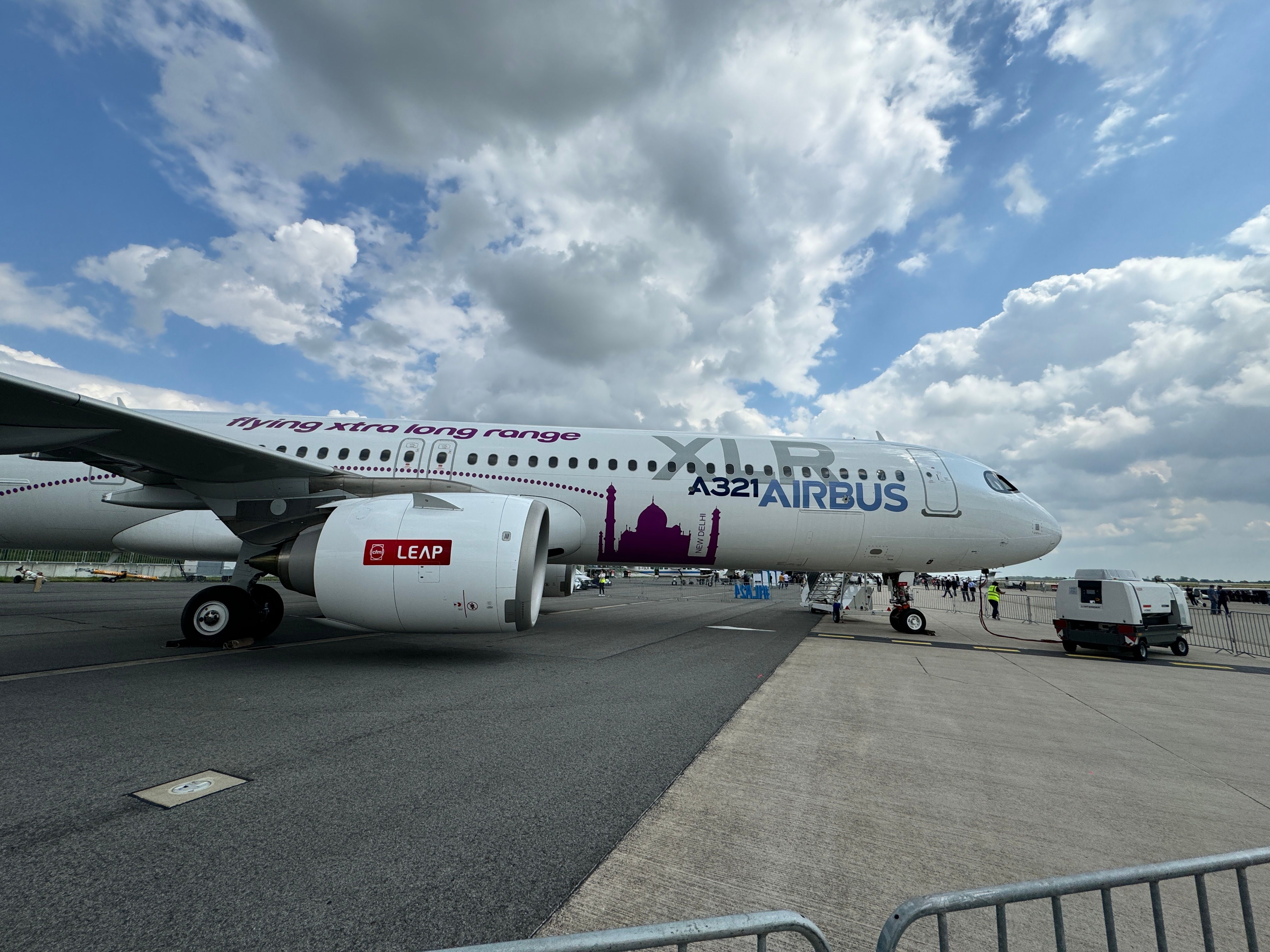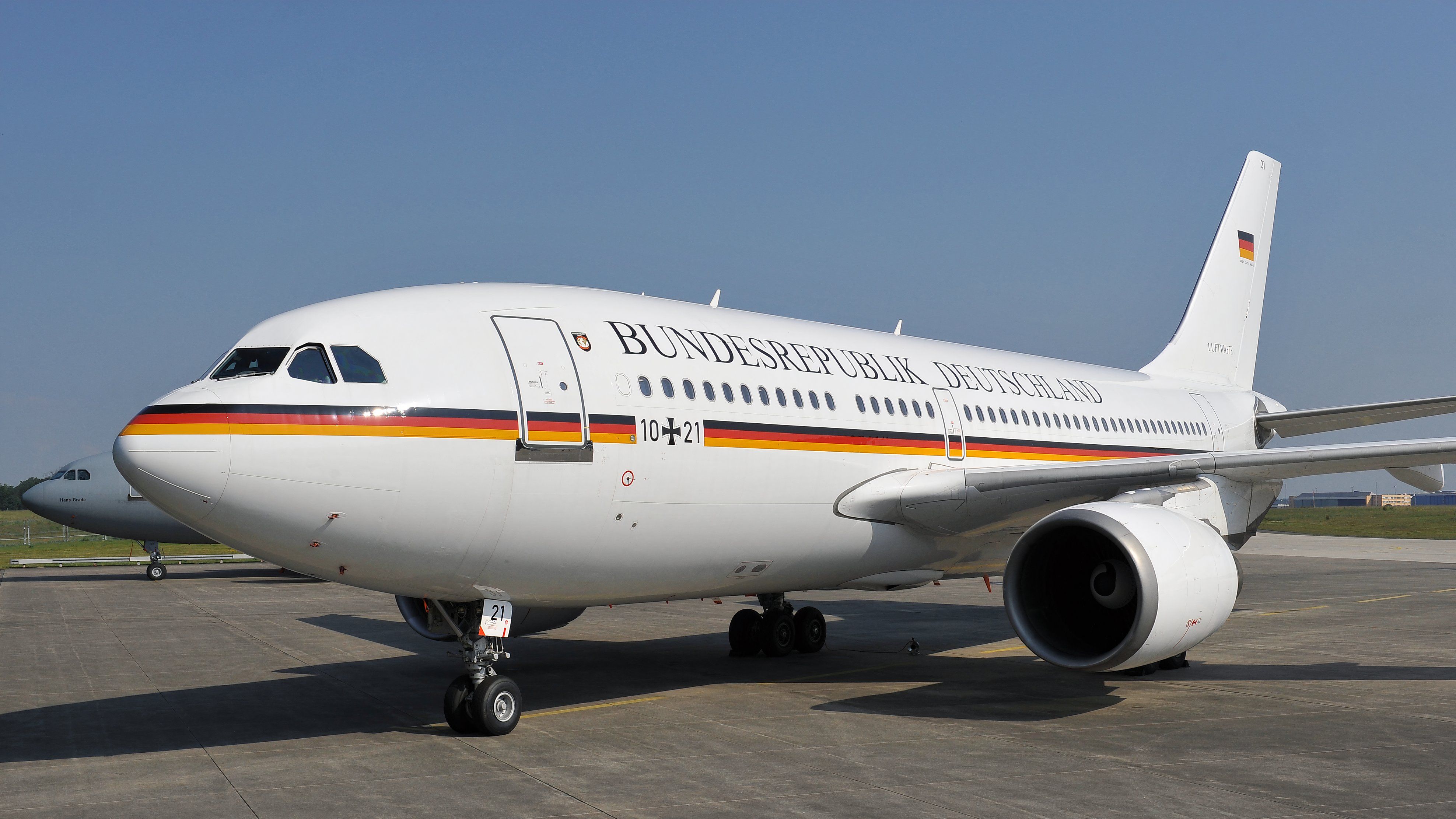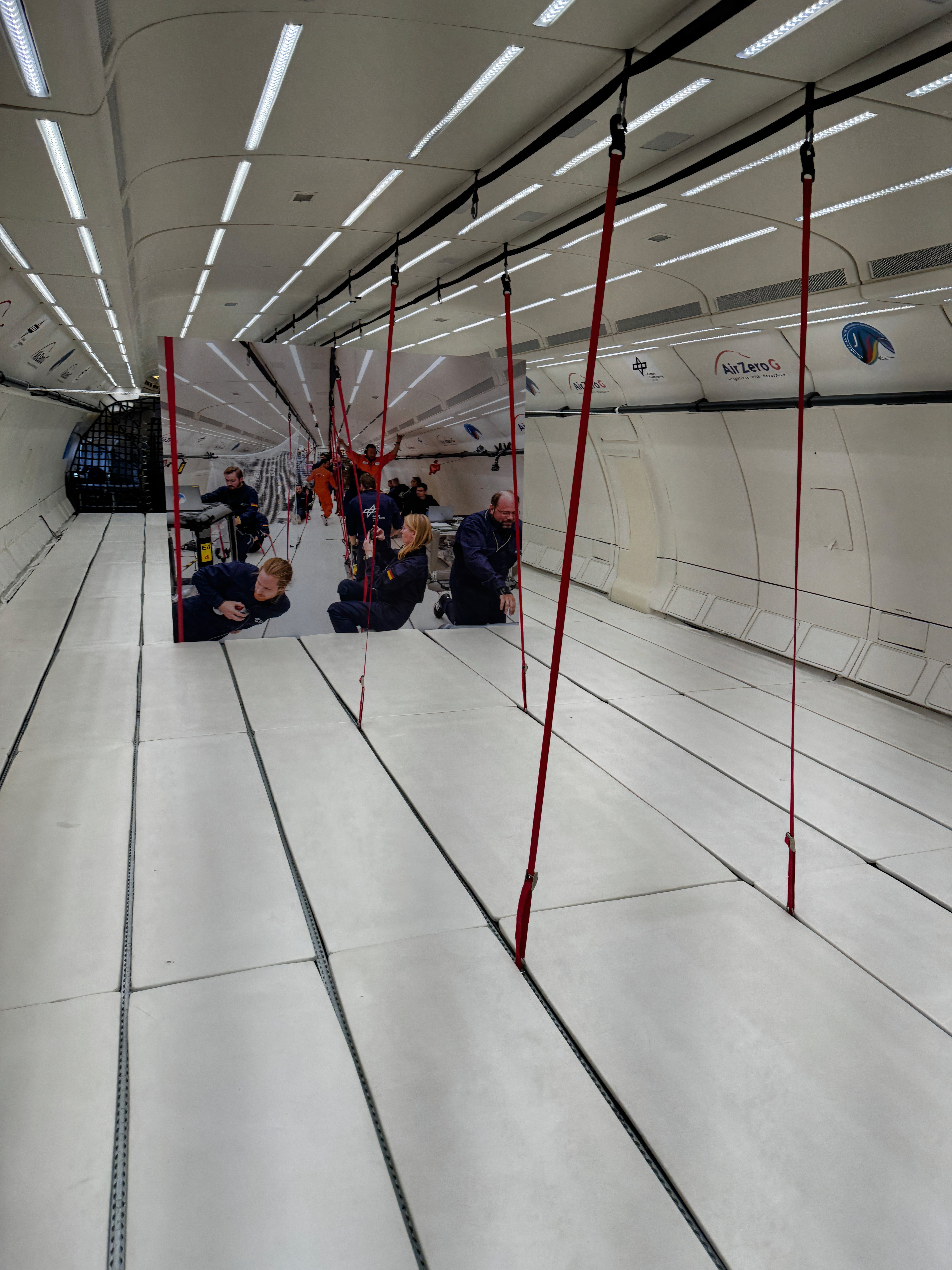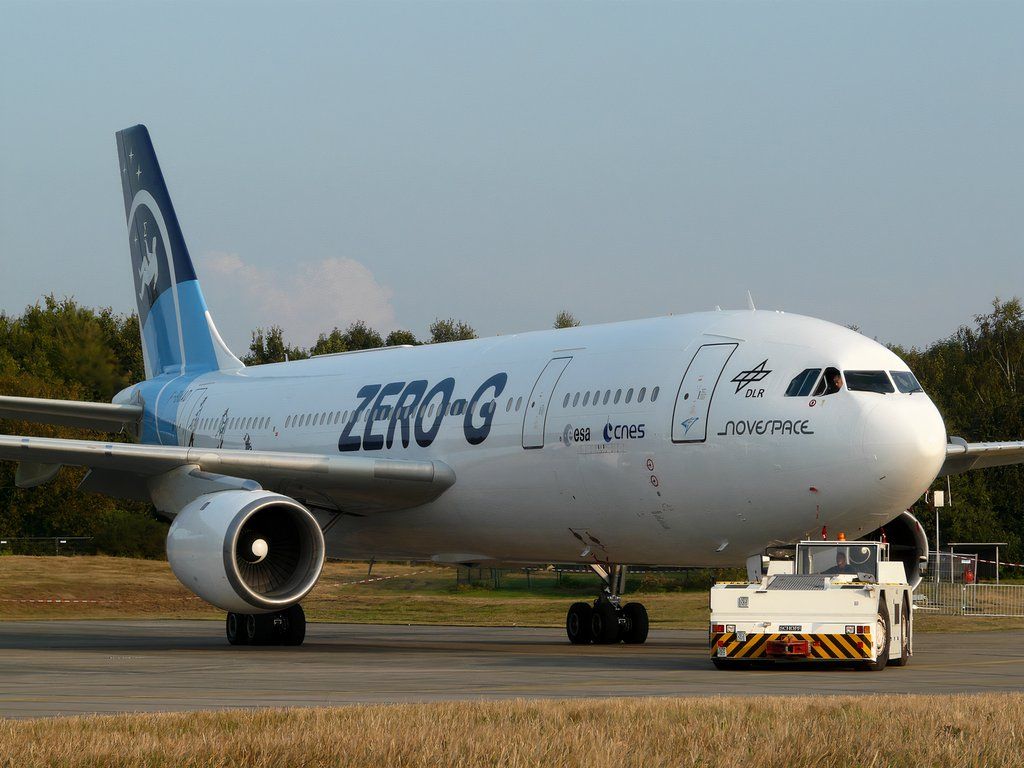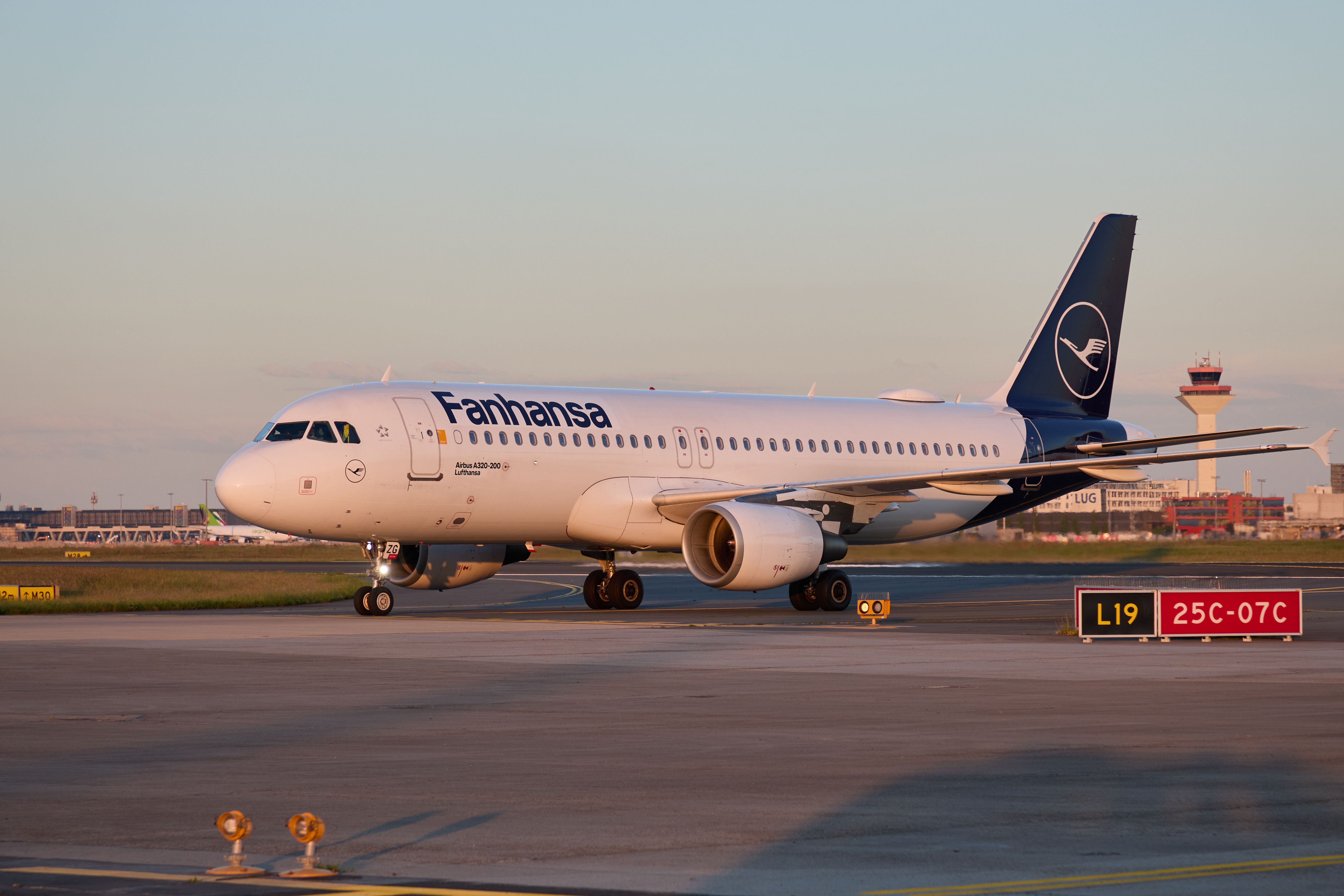Summary
- Astronauts undergo intense training and testing, including Zero-G flights before heading to the ISS.
- Novespace operates a unique Airbus A310 for scientific experiments, previously used by German leadership.
- A replacement for the A310 is on the horizon, but funding and aircraft availability pose challenges.
The French astronaut Thomas Pesquet, who flies F-WNOV, and his British counterpart Tim Peake and German colleague Alexander Gerst all have one thing in common: they undergo intensive training before entering the International Space Station. Part of that training is parabolic flights or Zero-G flights.
Everything from Astronauts to equipment has to undergo testing before heading to the ISS. They are carried out in specially commissioned jets. The United States NASA has a dedicated Boeing 727 run by the Zero Gravity Corporation, and the Europeans and ESA have their own privately operated aircraft operated by Novespace, a Bordeaux-based company that charters out a dedicated A310 registered F-NVOV.
While traveling to Germany, I visited the aircraft at the biennial ILA Airshow. So, together, let’s hop onboard and uncover every nook and cranny of this unique Airbus jet.
Some context
The aircraft was parked just by the main entrance to the static display, right to the side of the newest generation of Airbus’s lineup, the A321XLR—whether or not this was intentional; I found this to be a very fitting gesture or coincidence.
Photo: Benjamin Cooper | Simple Flying
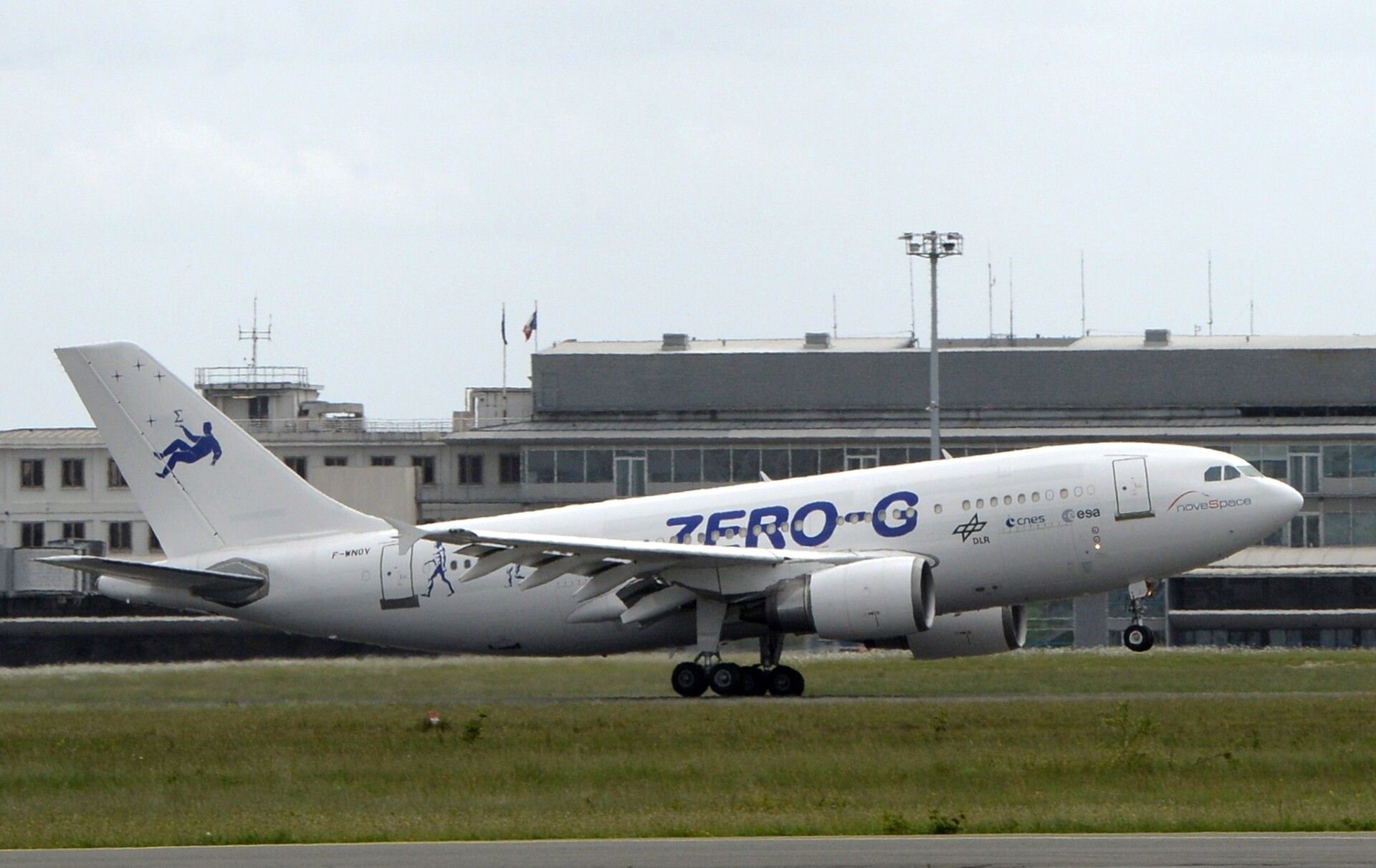
Related
How Aircraft Are Used To Film In Zero Gravity
The jet itself, F-WNOV, bears a unique registration. In France, all jets with W following the country’s prefix are test aircraft—for example, an A321XLR XLR parked to its side is F-WXLR. These jets are not made to carry passengers but to carry out experiments, which is the exact role of Novespace’s sole aircraft.
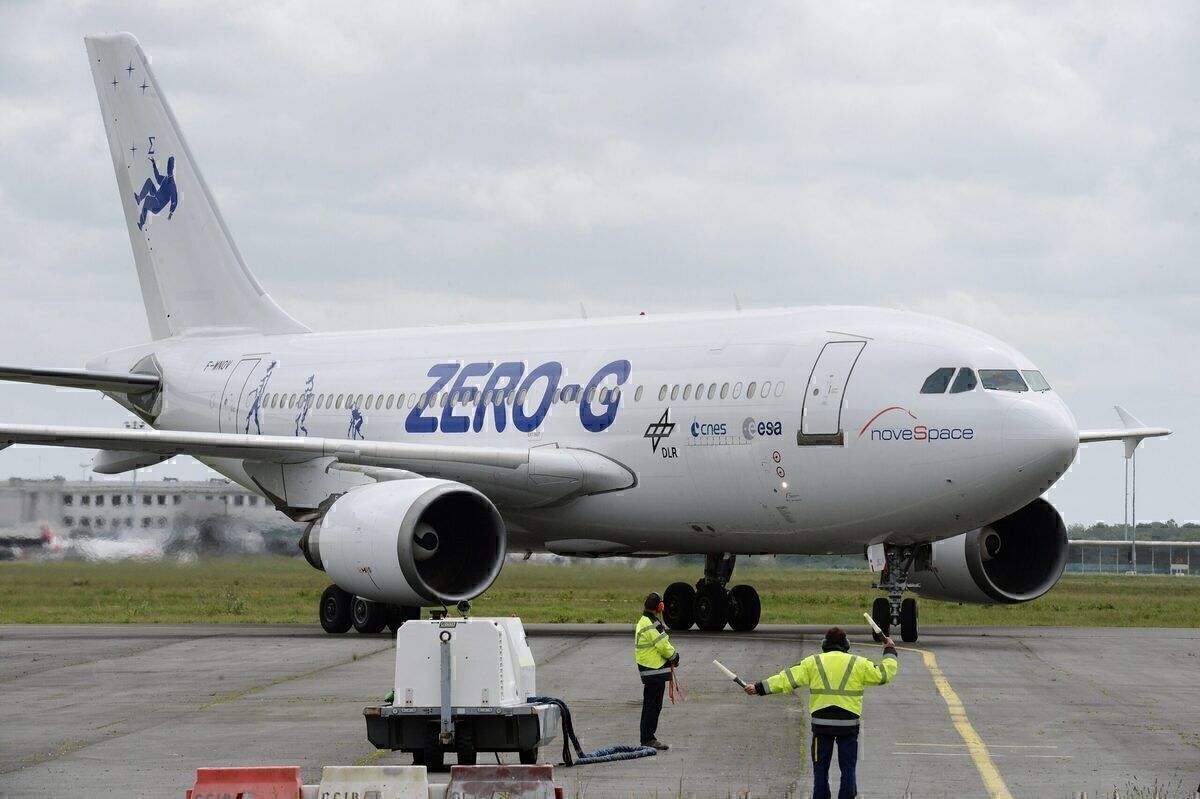
Related
Parabolic Flight – How Zero G Is Achieved In Aircraft
Before serving as a space-like jetliner, it carried the German leadership as 10+31 until June 2014, when it was ferried to Hamburg Airport’s LH Technik hangars for demilitarisation and conversion into a scientific testbed.
Fun Fact: Looking at pictures on Planespotters.net, eagle-eyed readers who are history buffs will notice Interflug’s logo.
Indeed, the jet started its long career with the now-dissolved Interflug, the state carrier of the German Democratic Republic. This airframe was transferred to the then-reunified German Luftwaffe in 1991, just one year after the two countries became one again.
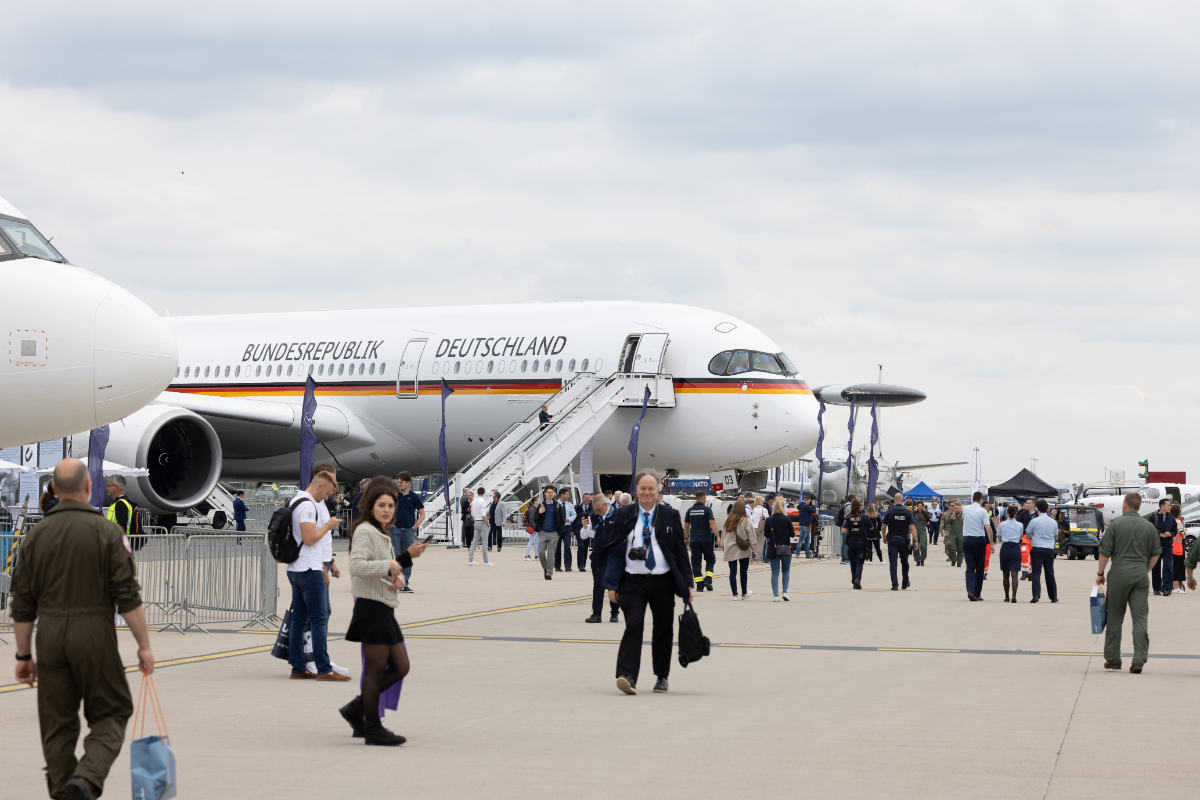
Related
Lufthansa Technik Delivers Final Custom Airbus A350 To The German Air Force
The final A350 has been handed over to the German Special Air Mission Wing on time and on budget.
Final call and welcome onboard
Flashback to today; it is time to board the 35-year-old A310-300. After queueing for around 20 minutes, we were invited to go up the stairs to the L1 door. On the way up, I stopped multiple times to take photos and videos to immortalize the occasion. Readers will understand that the A310 is an old aircraft that has quickly become rare in Europe. The German Air Force recently phased out its fleet of A310 MRTTs, replacing them with newer, more fuel-efficient A321LRs.
Once at the top of the stairs, we were met by two scientists who work for the DLR, Germany’s space agency. They showed us the inside of the plane, which was off-limits but visible. The entire floor is padded to help astronauts, scientists, and equipment soften the impact after 20 seconds of zero-gravity flight.
Photo: Benjamin Cooper | Simple Flying
In a typical test campaign, they will experience around 30 moments of zero gravity – It will begin with a steep climb experiencing up to 1,8G or 1,8 times the force of gravity that binds us to the ground – so those onboard will have the sensation of being pinned to the floor – then much like on a rollercoaster they will experience 0G forces or no gravitational pull – so for a brief moment those onboard will float in midair – and anything that was not appropriately fastened will hit the ceiling.
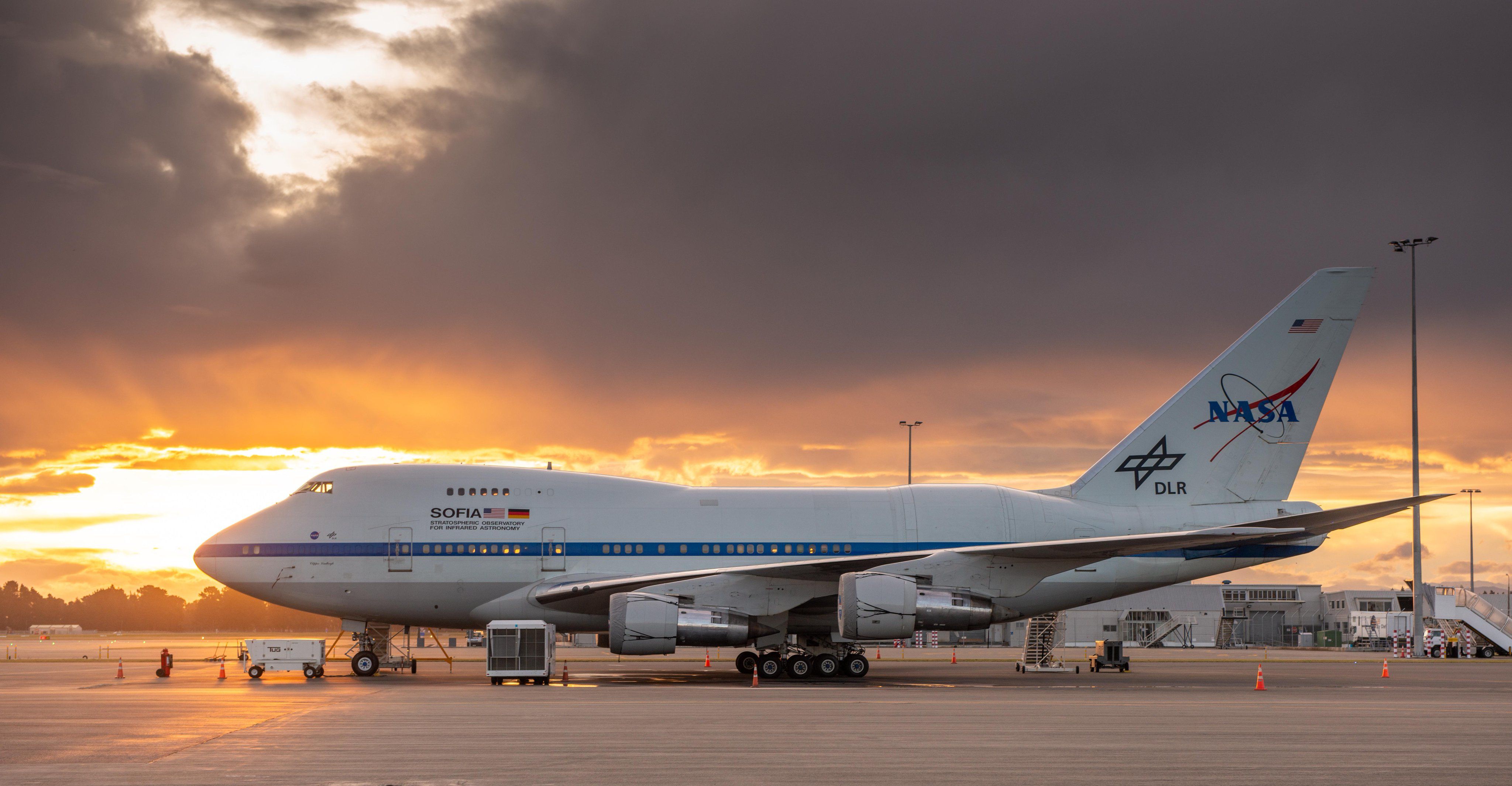
Related
NASA’s SOFIA Boeing 747 Takes Off For The Final Time
The iconic jumbo jet and flying observatory has touched down next to its final home in Tucson, Arizona.
To prevent injuries, each passenger is harnessed to a network of ropes and cables, which prevents them from violently hitting walls or the ceiling.
Which aircraft was used before F-WNOV?
It was an Airbus testbed, then saw some services testing new General Electric engines before finally joining Novespace in 2005. It saw ten years of zero-gravity flying before being retired and replaced by F-WNOV.
Before this A310, and more recently, Novespace operated a previous-generation Airbus airframe registered F-BUAD. This was an Airbus A300B2; according to Planespotters.net, the aircraft never actually saw passenger service—granted, it was supposed to join Transavia but was never taken up.
What next for F-WNOV?
Looking at the timeline, you can see that we are nearing the tenth anniversary of A310 operations in the European Space Agency, so, of course, the time to look for a replacement has come.
Photo: Lufthansa
The representatives onboard told the crowd that a replacement would be bought after – but they refused to disclose what it was, mainly sighting that they had not yet secured adequate funds and that the European aircraft on the second-hand hand market available were too expensive as they weren’t old enough or either too small in the case of the A320 or too big if talking about the A380.
So, for now, at least, a very unique jet will spend more years of flying around E, Europe helping advance space exploration.
Did you know about this unique jet? What other space-adapted aircraft would you like to see featured? Let us know your thoughts in the comments.


